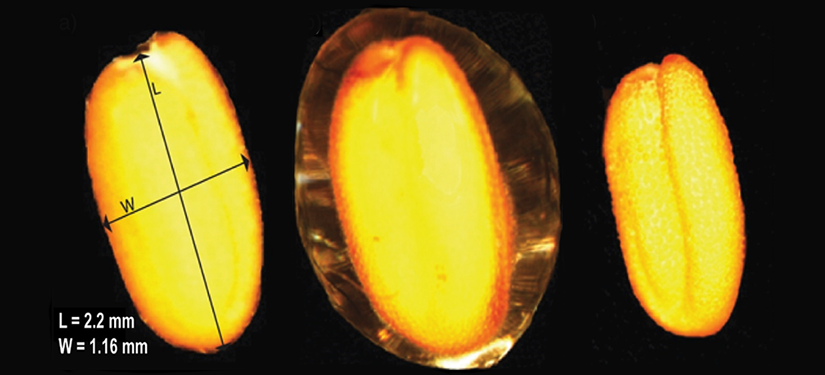
Seed Study: After oil extraction, proteins left make for valuable co-product
By Journal of the American Oil Chemists' Society
Features camelina seeds lipids oils proteins University of Saskatchewan Viscozyme
Researchers from the University of Saskatchewan have found that protein from camelina seed is a valuable co-product that can be derived from the meal remaining after oil extraction.
Their current study published in the JAOCS describes the types and physicochemical properties of the major proteins present in camelina meal.
Seed coat mucilage, which interferes with protein extraction, was removed from whole seeds by digestion with Viscozyme and lipids were removed with hexane to obtain demucilaged/defatted meal.
Protein comprised 51.3% of meal dry matter and the eight essential amino acids comprised 40.8% of total amino acids. The meal polypeptide profile showed bands originating from cruciferin (~44.1 and 51.7 kDa), napin (~14 kDa) and oil body proteins (OBP; ~15–20 kDa) resembling that of other crucifers.
Cruciferins (11 isoforms) were the predominant proteins, while vicilins (6 isoforms) also were identified among the proteins soluble at pH 8.5. Among the proteins soluble at pH 3, napins (5 isoforms) comprised the majority, though late embryogenesis abundant proteins also were found.
Camelina cruciferin and napin were confirmed to possess predominantly β-sheet and α-helix secondary structures, respectively.
Camelina cruciferin structure was highly sensitive to changes in pH of the medium and underwent acid-induced denaturation at pH 3 but exhibited high thermal stability (>80°C) at neutral and alkaline pHs. The structure of camelina napins was less sensitive to pH.
The major proteins associated with oil bodies were oleosins (6 isoforms). Identification and characterization of the properties of camelina meal proteins will enable strategic paths for co-product valorization such as developing plant protein ingredients.
Images above show dissecting light microscopic images. A dry seed with average length L and width W indicated (left), a seed showing the hydrated mucilage layer 1 h after hydration (centre), and a dried seed after Viscozyme treatment (right).
Print this page